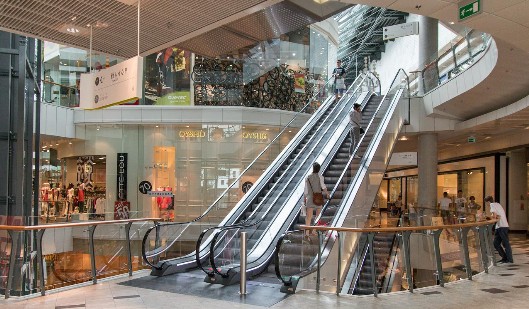
WHAT TO DO
The capital of the Balearic Islands is an ideal destination to enjoy 365 days a year. Located next to the Mediterranean Sea and near the heights of the Sierra de Tramontana mountain range, the city is quite attractive due to its location, its history, and its heritage. A city in which you can also enjoy art, culture, shopping, and gastronomy – a city that captivates all those who walk its streets due to the feeling of being alive that its lanes transmit.

1- Cathedral, Churches, Houses and Palaces
Visiting its cathedral, churches, houses and palaces: Palma has great historical and cultural wealth. Without a doubt, the most representative building is La Seu, its cathedral. The Palma Cathedral in and of itself is a visit that deserves a trip to the city; it is one of the most spectacular Gothic cathedrals in the world and has a simply extraordinary location, with its silhouette reflecting in the Parco de la Mar and defining the skyline of the city.

2- Typical Products
Tasting its typical products, such as its famous "ensaimadas" (a traditional sweet pastry with a spiral shape), which are made daily in "forns" ("bakeries") and pastry shops throughout the city. According to most historians, this baker's delight came to be as a bread or sweet pastry to celebrate the end of the year in the Jewish community. Its legacy goes back so many years that it has its own designation of origin.

3- Museums
Visiting its museums, such as the Es Baluard Museum of Modern and Contemporary Art and the Pilar and Joan Miró Foundation, dedicated to the figure of this brilliant Catalan artist who built a strong bond with the Balearic capital in the later stage of his life.

4- Shopping
Going shopping along its Golden Mile, considered the commercial heart of Palma. In this area –between Paseo del Born, Calle de Sant Feliu, and the wide and stately Avenida de Jaume III, large national and international commercial firms can be found, alternating with bars, cafés, and restaurants to suit all tastes. The history of Palma is extremely visible: in its streets, in its monuments and in its shops. The city has 90 shops considered “emblematic”, a distinction awarded to those establishments that, apart from their commercial focus (unique offer and wealth generation) represent a point of pride in the collective memory of the city. Their unique window displays can be visited on a tour, either on your own or with a guide. They are only in Palma and so they are part of the heritage to be preserved.

5- Markets
Visiting its traditional and gastronomic markets, such as Mercat 1930 and others with a long history – as is the case of Santa Catalina and L'Olivar, spaces that allow you to feel the pulse of the city, to get to know local ingredients first-hand, and to buy traditional products.

6- Beaches
Diving into the crystalline waters of its beaches, such as the Palma Beach, which features fine white sand. The beach is a busy and lively paradise next to the boardwalk, which also has all the services and a wide array of all kinds of water sports: surfing, paddle boarding, and kayaking – among others.

7- Palma Aquarium
Doing things with children, such as visiting the Palma Aquarium to discover the best kept treasures of the underwater world. A fantastic experience for the whole family that allows visitors to get to know the incredible marine habitats and the rescue, protection, and preservation work that the aquarium has carried out since being founded.

8- Terraces and Rooftops
Enjoying its terraces and rooftops. We suggest starting with those around the Cathedral – an ideal place to observe the city and its surroundings with a bird's-eye view. In addition, of course, don't forget the rooftop terraces of some of the boutique hotels in the historic centre as they combine uniqueness and relaxation with magical sunsets.

9- Jewish Quarter
Discovering the Jewish Quarter of the city. Palma was an important medieval city and, as such, it had its own Jewish Quarter. In fact, the Jewish Quarter of Palma, known as "Call Maior", formed a kind of independent city, which was also walled and had its own entrances.

10- Arab Bath
Visiting the Arab Bath, one of the most emblematic monuments in Palma and, without a doubt, one of the great legacies of Muslim architecture in all of Mallorca. During the visit, you will see the large central room surrounded by columns, which was dedicated to the steam baths and was part of a private residence.

More information about Palma: https://www.visitpalma.com/en/

